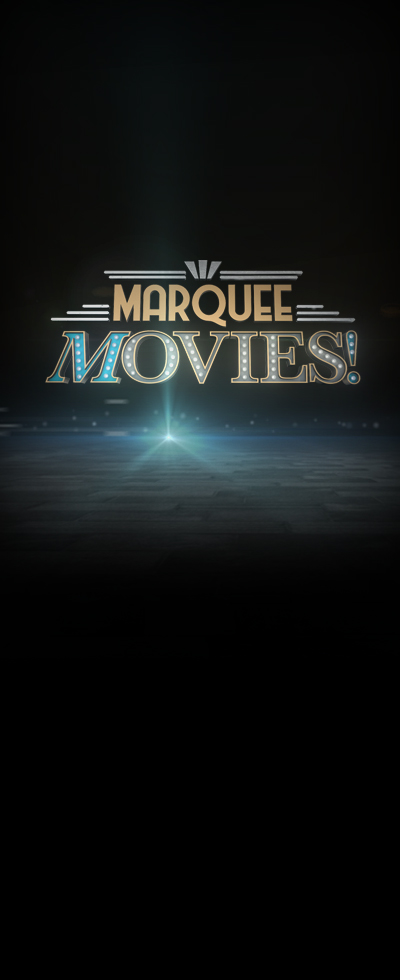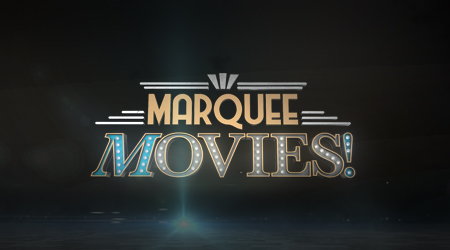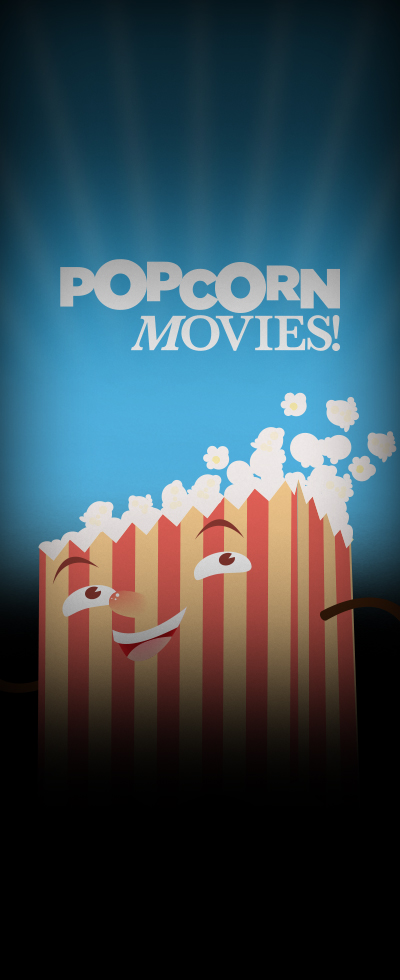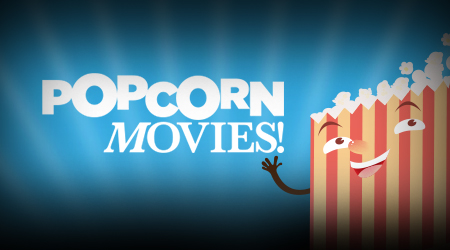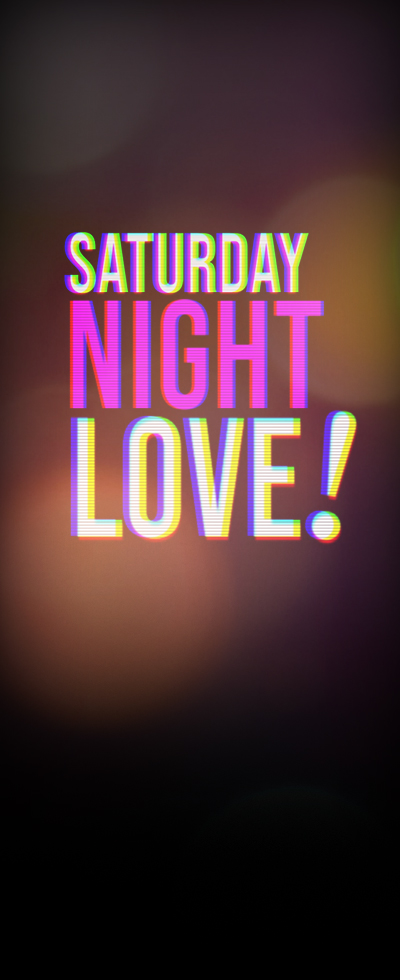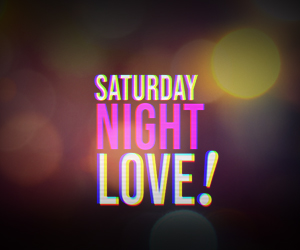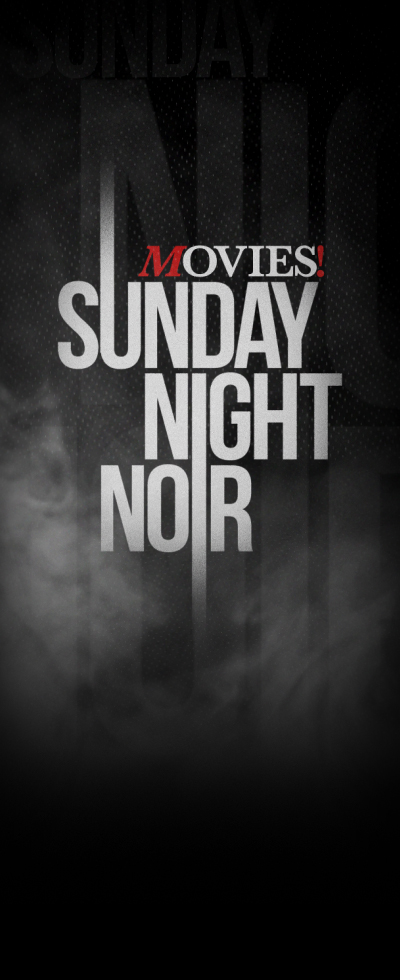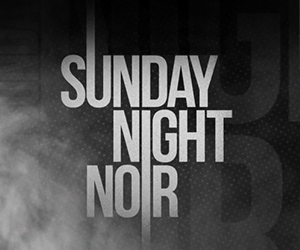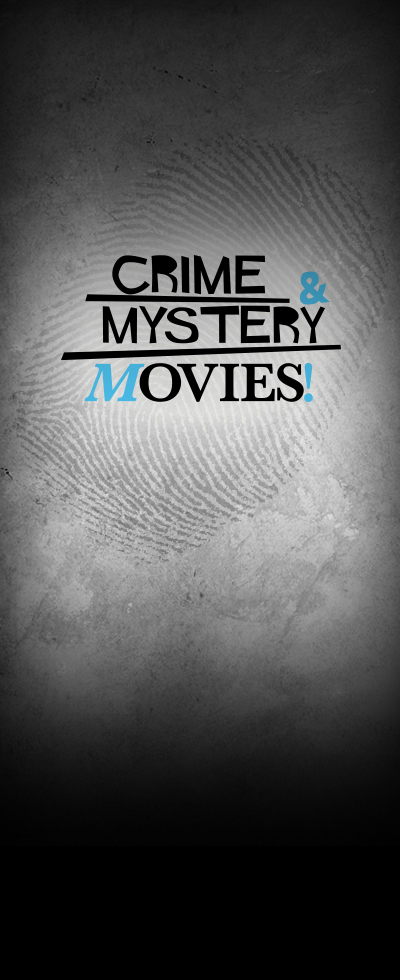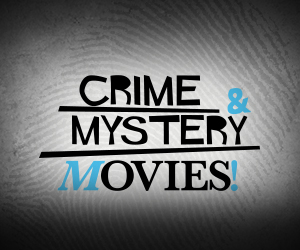For showtimes, click here.
Arthur Freed wanted to make a musical using Irving Berlin’s music and using a holiday that had been untapped for a movie: Easter. The Easter Parade was a real event in the early 20th century where New Yorkers walked around 5th avenue sporting their best.
The film was shot in ten weeks in order to be released in time for Easter, and it was a box office smash, becoming one of the highest earning films for MGM that year.
1.

The film was the first and only pairing of Judy Garland and Fred Astaire. Interestingly, Astaire came out of a self-imposed retirement to make the film; he had been focusing on racing his horse, Triplicate. Afterward, Garland and Astaire were supposed to be paired again in Royal Wedding, but Jane Powell took the lead instead.
2.

The film includes a reference to an Astaire-Rogers’ picture. Judy Garland wears a feather gown similar to the one Ginger Rogers wore in Top Hat. While making that musical, Fred was bothered by the feathers that flew into his face (more about that here).
3.

Gene Kelly was originally supposed to play the lead. However, he injured his ankle when he stomped his foot after losing a volleyball game the weekend before production was scheduled to start.
4.

The first script for Easter Parade was more of a “heavy-handed” behind-the-scenes look at show business. Sidney Sheldon was brought in to bring out the comedy. “There was a kind of heaviness to their script. There was no fun,” Sidney Sheldon said.
5.

An injury also kept Cyd Charisse from taking the role that eventually went to Ann Miller. Unfortunately, Miller was also injured at the time and performed in a back brace. She also made sure to wear ballet slippers, so she wasn't taller than Fred Astaire (a worry that became a plot point in The Band Wagon).
6.

The first scene that Judy Garland had to shoot with Fred Astaire included a kiss. Garland was nervous because she had never met the dancing legend. Garland later said, “He put me completely at my ease. He is a gentleman, and he is lot of fun to work with.”
7.

Judy Garland inspired a song. While posing for photographs with Irving Berlin, she casually said that perhaps their cheeky pictures would inspire a song. And it did. Berlin gave Garland a small slip of paper that had the words “It only happens when I dance with you,” which became the film’s love song.


